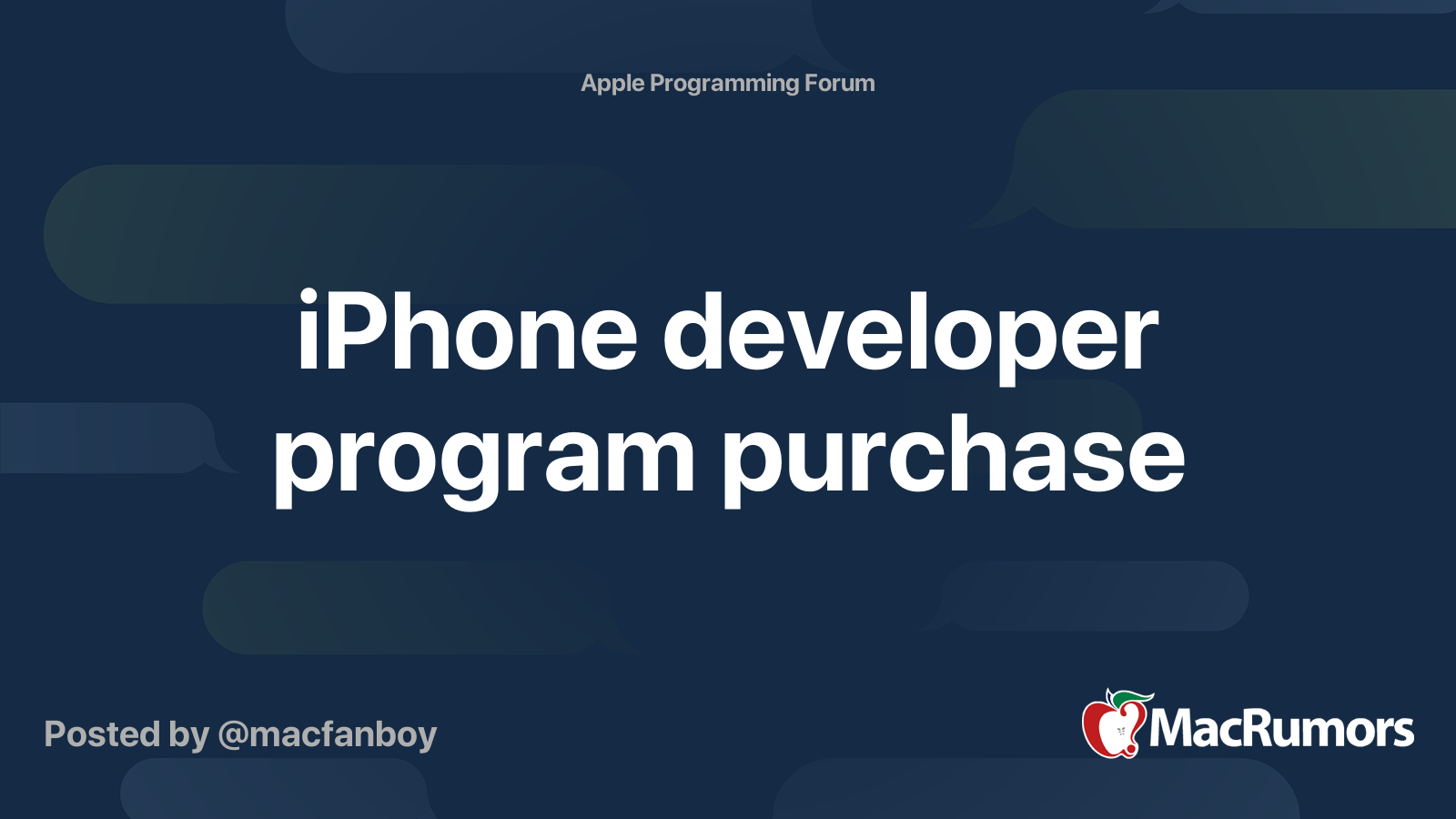In recent weeks, an intriguing development has unfolded in the realm of mobile application development: developers are now finding themselves on waiting lists for the coveted iPhone Developer Program. But what drives this surge in demand, and what hurdles does it pose for aspiring app creators? The increase in waiting lists suggests a burgeoning interest in iOS development, perhaps accelerated by Apple’s relentless innovation and a burgeoning user base. Yet, this situation raises an essential question: is the allure of iOS development becoming a double-edged sword?
At its core, the iPhone Developer Program represents a gateway to one of the most lucrative app markets in the world. Developers seek access not only to the tools and resources provided by Apple but also to the exclusive ecosystems that foster app evolution. With high-profile launches and the subsequent global spotlight on the iPhone, many prospective developers are eagerly attempting to secure their spot in this dynamic arena. The irony, however, is profound; while the program promises access to incredible opportunities, the wait itself can stifle creativity and innovation for those left in limbo.
Imagine being a talented developer with a groundbreaking idea that could be the next must-have app. Yet, despite possessing the technical prowess and creative vision, you find yourself ensnared in a protracted waiting period—an impediment that could jeopardize your competitive edge. This scenario poses a significant challenge. Developers accustomed to the fast-paced world of tech innovation may feel frustrated by bureaucratic slowdowns that seem to run counter to the very essence of progress.
The implications are multifaceted. On one hand, the waiting list serves as a barometer of the program’s popularity and, by extension, the increasing monetization of the app ecosystem. On the other hand, it raises concerns regarding accessibility. Are only those with the patience and tenacity to wait destined for success? Or does this elongated process inadvertently favor established developers, potentially stifling fresh talent and innovative ideas from gaining traction in a fiercely competitive marketplace?
Moreover, the waiting list phenomenon raises questions about the scalability of Apple’s support systems. As more developers flock to the platform, will Apple evolve its infrastructure to accommodate this influx? After all, a vibrant app ecosystem thrives on diversity and the influx of novel ideas from a multitude of creators. While the waiting list may promise exclusivity, it risks alienating those who might have provided the next wave of transformative applications.
Ultimately, as developers navigate this new landscape, they must balance their aspirations with the challenges presented by the waiting list. The journey toward becoming an iOS developer has never been more enticing, yet it appears fraught with uncertainties. In this competitive environment, can developers afford to wait, or will they seek out alternative avenues to realize their visions? The answer may well define the future of app development in an ever-evolving digital panorama.
